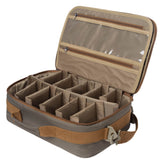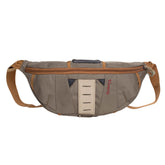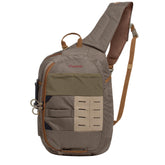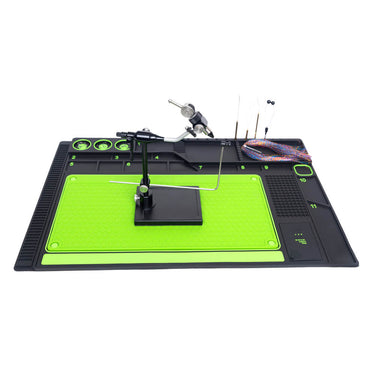Tiny Titans: The Hidden Power of Fleas
Fleas are small, wingless insects (order Siphonaptera) that are external parasites, feeding on the blood of mammals and birds. Here are some key facts about fleas:
Characteristics:
Size: 1–4 mm long.
Color: Dark brown or reddish-brown.
Body: Laterally flattened (helps them move through fur/feathers).
Legs: Powerful hind legs for jumping (can leap up to 200 times their body length).
Mouthparts: Adapted for piercing skin and sucking blood.
Life Cycle:
Fleas undergo complete metamorphosis (egg → larva → pupa → adult):
Eggs – Laid on the host or in the environment (e.g., carpets, bedding).
Larvae – Worm-like, avoid light, feed on organic debris and flea feces ("flea dirt").
Pupae – Enclosed in a cocoon; can remain dormant for months until triggered by heat/vibrations.
Adults – Emerge to seek a blood meal within seconds to days.
Common Flea Species:
Cat flea (Ctenocephalides felis) – Most common, infests cats, dogs, and sometimes humans.
Dog flea (Ctenocephalides canis) – Less common than cat flea.
Human flea (Pulex irritans) – Rare in modern households.
Oriental rat flea (Xenopsylla cheopis) – Known for spreading plague.
Health Risks:
Itching & Allergies – Flea bites cause redness, swelling, and dermatitis (some pets develop flea allergy dermatitis).
Disease Transmission – Can carry pathogens like:
Plague (Yersinia pestis) (via rat fleas).
Murine typhus (Rickettsia typhi).
Tapeworms (Dipylidium caninum) (if ingested by pets).
Prevention & Control:
Pet Treatment – Use vet-approved flea collars, spot-on treatments, or oral medications.
Home Cleaning – Vacuum frequently, wash pet bedding, and use flea sprays/foggers.
Yard Maintenance – Keep grass short and treat outdoor areas if needed.
Regular Checks – Comb pets with a flea comb and look for "flea dirt" (black specks that turn red when wet).
Would you like more details on a specific aspect of fleas (e.g., life cycle, treatments, diseases)?















